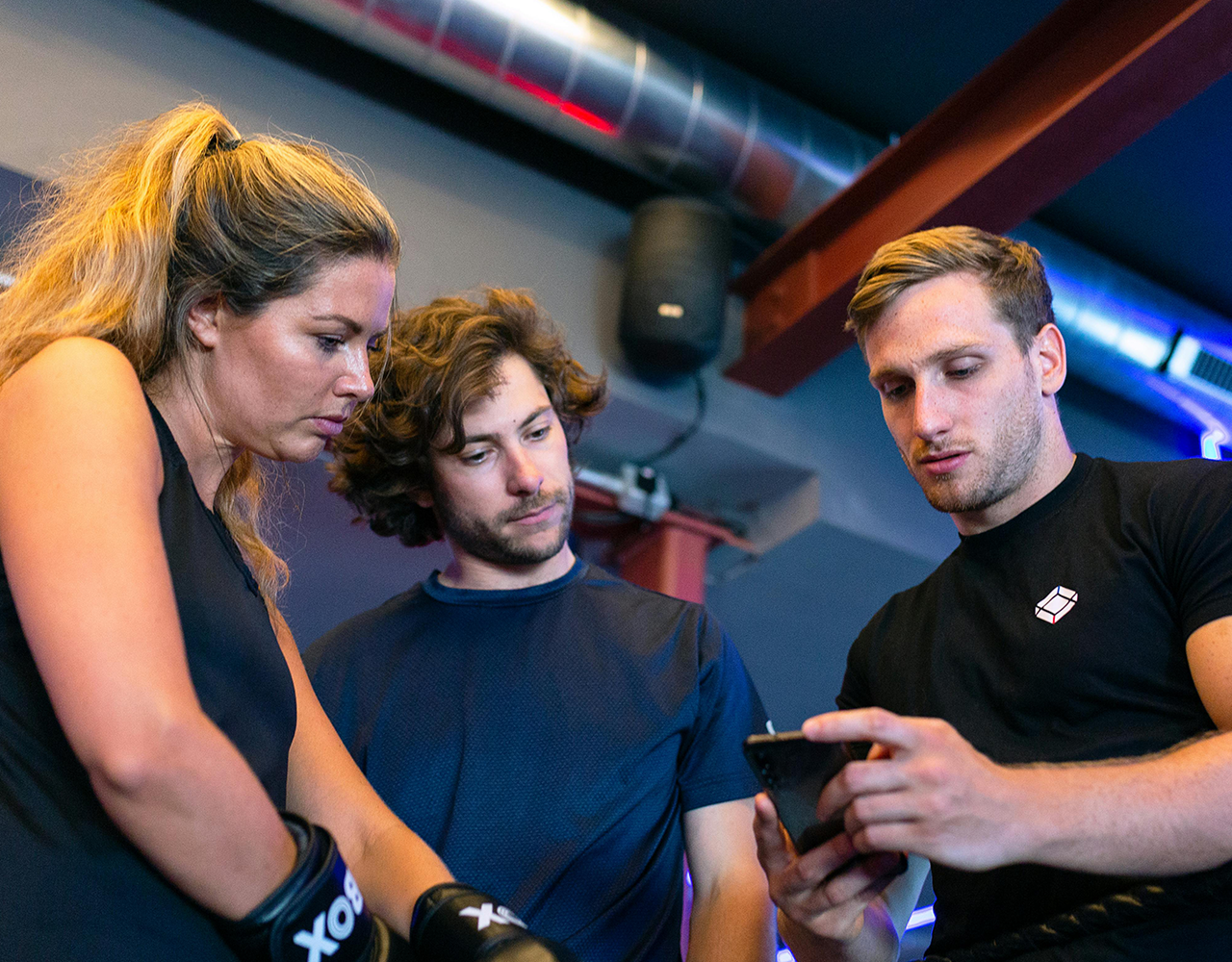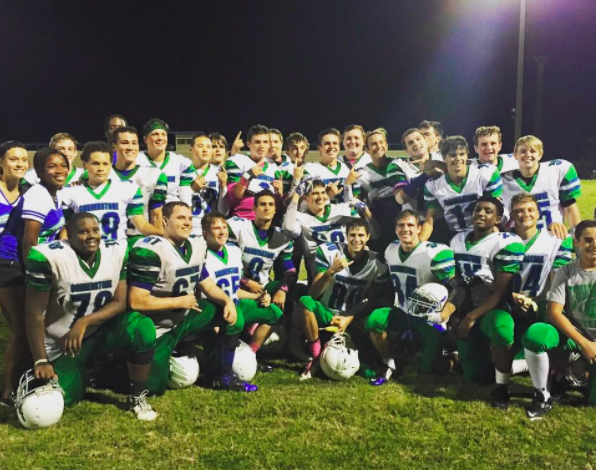The Silent Strain of Sleep and Travel in Basketball
When discussing recovery, most minds jump to high-tech boots, ice baths, massage guns, or supplements. All solid tools, but they’ll cost you. The truth is, the most effective recovery tool is completely free: sleep. It is undeniable how significantly sleep and travel influence basketball athletes' physical and cognitive performance.
Whether you’re an NBA vet or a developing athlete, your performance and recovery are heavily impacted by how well you sleep and how often you travel.
Travel Fatigue is Real (and it’s more than just Jet Lag)
Air travel, especially when crossing three or more time zones, is more than a logistical hurdle; it’s also a physiological stressor. Studies have shown that travel-induced fatigue in athletes leads to physiological and psychological symptoms like disorientation, GI discomfort, low energy, and general malaise.
In addition to these commonly reported issues when traveling by plane, athletes may also experience mild hypoxia or dehydration due to cabin pressure and low humidity, or reduced mobility from prolonged sitting.
The big one, however, is a disruption of the circadian rhythm. The circadian rhythm -that internal body clock that regulates everything from alertness to hormones to sleep-wake cycles- gets thrown off balance. That creates a direct impact on performance.
Interestingly, and this is what most people miss, even short-distance travel, without time zone changes, can contribute to circadian rhythm desynchronization. Sleep patterns, meal timing, and daylight exposure are all part of the circadian equation. Players don’t just get tired if these get thrown off; they’re not recovering.
The consequences aren’t subtle. Around 54% of injuries in pro basketball occur during away games. This reinforces just how much frequent travel affects both physical and cognitive aspects of performance. [5]
Interestingly, while most coaches and fans obsess over minutes played as the main fatigue cause, data does not back that up. Playing time alone doesn’t significantly influence performance outcomes. Travel, sleep quality, and cumulative recovery deficits seem to matter more. As the season rolls on, these stresses compound.
Sleep: The Most Undervalued Recovery Tool in the Game
Travel may disrupt the system. Sleep resets it.
Sleep isn’t just “rest”. It’s an active biological process where tissue is repaired, neural connections are strengthened, and hormones (which are critical for performance) are regulated. When sleep is off, everything else suffers.
Athletes sleeping less than 8 hours per night face a 1.7x higher risk of injury. Even better, every extra hour of sleep slashes injury risk by 43%. [6]
Beyond just keeping you on the court, sleep helps you excel on it. Poor sleep is directly linked to slower sprint times, lower shooting accuracy, and reduced explosive output (think vertical jumps and quick cuts) due to its direct impact on neuromuscular performance. While sleep supports neuromuscular recovery, sleep deprivation tears it down. [4]
And again, the circadian rhythm comes into play; late-night games, inconsistent schedules, and travel all shift that rhythm, making high-level performance much harder to access on game day.
Recovery Between Games: Why the Gap Matters
Back-to-backs are brutal for a reason.
Performance increases when players have at least one full day of rest between games- ideally, three. [2] More recovery time = better readiness. Less recovery time means slower cognition, tighter muscles, and a higher injury risk.
That is also why recovery isn’t just about what you do, but rather when you do it.
Tools like cryotherapy, compression garments, contrast water therapy, and stretching are widely used to improve recovery, especially post-travel, to fight off stiffness and restore joint mobility. But the basics still rule: sleep, nutrition, and routine.
A high-carb, low-protein meal before bed can even help stimulate serotonin production, which pushes the body towards better sleep and deeper recovery. [1]
To Sum it Up
The link between performance, fatigue, and injury isn’t just theoretical- it’s the difference between a clean layup and a missed step. Ignoring the impact of travel and poor sleep means ignoring the body’s built-in playbook. In a sport where centimeters and milliseconds matter, that creates a competitive disadvantage.
It’s clear that fatigue induced by travel, poor sleep habits, and inadequate recovery all exert a significant impact on basketball performance and injury susceptibility. Addressing these factors through targeted strategies is essential for optimizing athlete health, reducing injury risk, and maximizing on-court performance.
It’s the responsibility of performance professionals, to educate athletes on the science behind their routines- not to complicate their lives, but to encourage them to use the tools they already have access to: Sleep. Structure. Smart Recovery.
At the end of the day, it’s not only about playing harder, but about recovering smarter. Success isn’t just built on hustle, it’s built from the bed to the court.
Sources & Further Reading
1.Halson, S.L. Nutrition, sleep and recovery. Eur. J. Sport Sci. 2008, 8, 119–126.
2.Steenland, K.; Deddens, J.A. Effect of travel and rest on performance of professional basketball players. Sleep 1997, 20, 366–369
3.Reilly, T., Waterhouse, J., & Edwards, B. (2005). Jet lag and air travel: implications for performance. Clinics in sports medicine, 24(2), 367–xii.
4.Cabarkapa Damjana V. , Cabarkapa Dimitrije , Fry Andrew C. Relationship between sleep quality and quantity and lower-body neuromuscular performance characteristics in semi-professional male basketball players. Frontiers in Sports and Active Living, (2024) 6, 2624-9367
5.Huyghe, T., Scanlan, A. T., Dalbo, V. J., & Calleja-González, J. (2018). The Negative Influence of Air Travel on Health and Performance in the National Basketball Association: A Narrative Review. Sports, 6(3), 89.
6.Watson, A.; Johnson, M.; Sanfilippo, J. Decreased Sleep Is an Independent Predictor of In-Season Injury in Male Collegiate Basketball Players. Orthop. J. Sports Med. 2020, 8, 2325967120964481.
7.Milewski, M. D., Skaggs, D. L., Bishop, G. A., Pace, J. L., Ibrahim, D. A., Wren, T. A., & Barzdukas, A. (2014). Chronic lack of sleep is associated with increased sports injuries in adolescent athletes. Journal of pediatric orthopedics, 34(2), 129–133.
Subscribe to our blog
Subscribe to receive the latest blog posts to your inbox every week.
Related posts

Fitting Speed Training Into Your Practice Schedule

Sport Psychology Starter Pack: What to Focus on with Your Athletes

